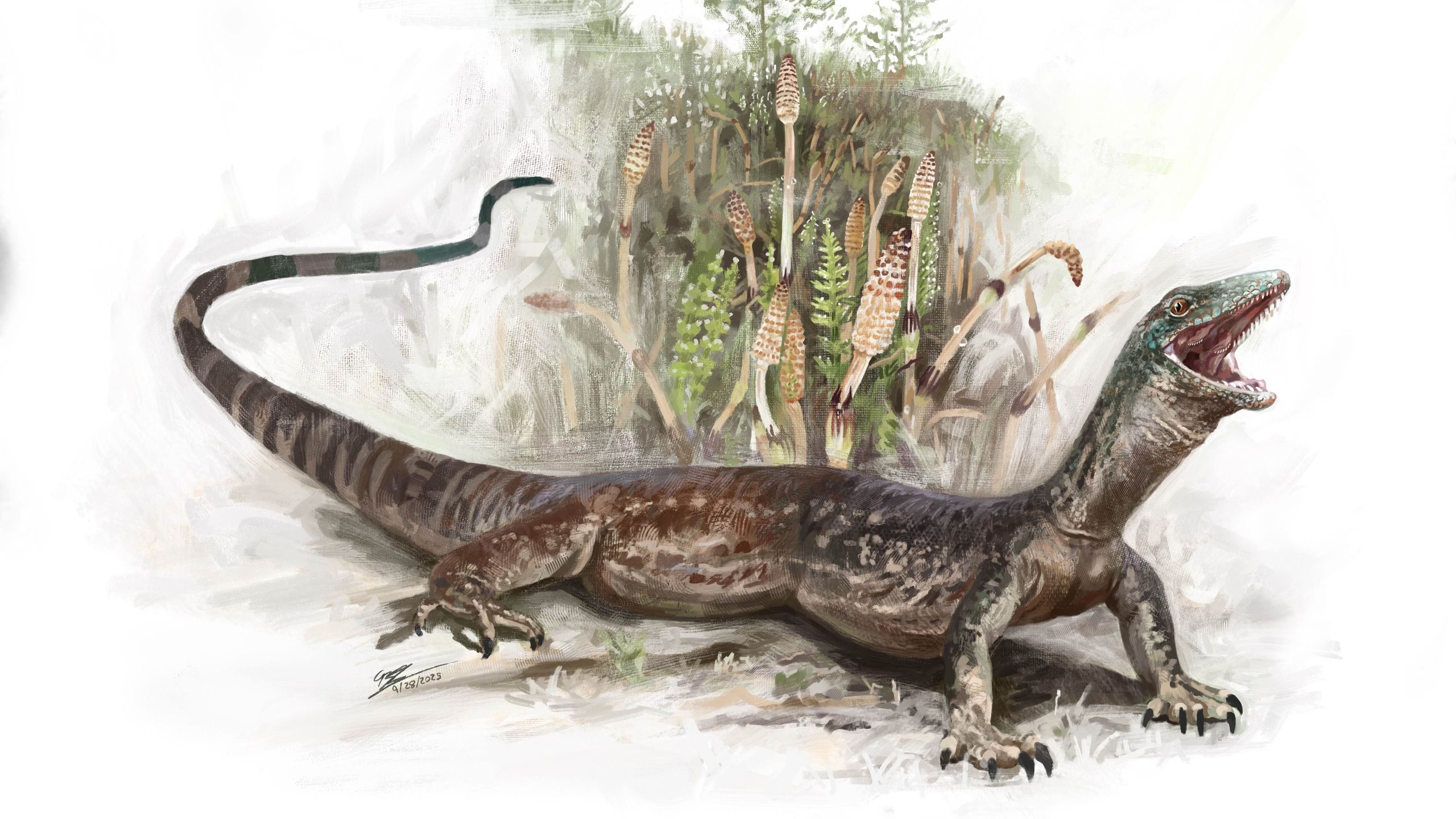In a groundbreaking discovery, a new species of mollusk, Bathylepeta wadatsumi, was uncovered deep beneath the Pacific Ocean. Situated 19,430 feet (nearly 6 kilometers) below the ocean surface near Japan, this limpet species pushes the boundaries of deep-sea biology. The full study, published in Zoosystematics and Evolution, provides further insights into the species’ anatomy, genetic makeup, and the importance of submersible technology in deep-sea research.
Unveiling a New Species: Bathylepeta Wadatsumi
The mollusk species Bathylepeta wadatsumi was first spotted on a volcanic rock ledge about 300 miles southeast of Tokyo. At first glance, it seemed like an ordinary limpet—yet this species resides far deeper than most limpets, which typically live in shallow tide pools. The specimen’s bluish-grey, translucent shell, measuring approximately 1.6 inches (40.5 millimeters), was unlike anything seen at such depths before. Unlike its shallow-water relatives, this limpet thrives on the rocky seafloor, where light is non-existent, and conditions are harsh.
According to Chong Chen, lead scientist at the Japan Agency for Marine Earth Science and Technology (JAMSTEC), this new mollusk shows clear differences in both anatomy and genetic makeup when compared to known species from places like Antarctica and Chile. “Several individuals were sighted from the viewport of the submersible, but only one individual, the holotype, was successfully collected,” wrote Chen. This single specimen now holds the key to understanding the deep-sea ecology and genetic landscape of the Bathylepeta genus.
The Role of Submersibles in Ocean Exploration
One of the key elements that enabled the discovery of Bathylepeta wadatsumi was the use of submersibles, an essential tool for exploring the deep ocean. These crewed submersibles allow researchers to observe ecosystems in situ and collect organisms that were previously out of reach. As Chen explains, “The use of submersibles has been instrumental in accessing these habitats, allowing for direct observation and collection of organisms like Bathylepeta that were previously overlooked.” Through this technology, scientists can follow grazing trails, inspect surfaces, and quickly make decisions about sampling specimens.
Without the precise and direct observation made possible by submersibles, discoveries like this one would remain elusive. The deep ocean is vast and largely unexplored, with many species still hidden from scientific knowledge. Submersible technology opens doors to uncovering more of these unknown wonders.
How Deep-Sea Species Adapt to Extreme Conditions
Bathylepeta wadatsumi is particularly remarkable because of its ability to survive at extreme depths where pressure and temperature are far from favorable. The species lives at 19,430 feet, setting a new record for the deepest known patellogastropod, a family of limpets that typically dwell in shallower waters. Such deep-sea organisms are often subjected to significant pressure, lower temperatures, and limited food sources. The discovery of Bathylepeta wadatsumi suggests that other similar species may be inhabiting scattered rock outcrops across the deep-sea floor, hidden from typical deep-sea sampling methods.
The rocky environment in which this limpet was found is also a critical factor in understanding its unique feeding habits. The limpet feeds on organic matter that settles on the rocks, using its muscular foot and sharp teeth to scrape off particles. This behavior is a testament to the mollusk’s adaptation to its environment, where food is scarce and hard surfaces are necessary for survival.
A Shift in Understanding Deep-Sea Ecosystems
This discovery has important implications for how scientists view deep-sea ecosystems. For years, many researchers believed that the abyssal plain was a uniform, featureless expanse. However, new findings are showing that rocky outcrops and other hard surfaces are more common than once thought, providing habitats for species like Bathylepeta wadatsumi. These rocky surfaces host specialized communities that might otherwise be overlooked due to the challenges in sampling.
The discovery also helps challenge previous assumptions about the limitations of life in the deep ocean. The idea that deep-sea species can thrive in such specific, isolated environments indicates a complexity and diversity that demands further exploration.
Genetic Analysis and Taxonomy: Establishing a New Family Member
Genetic research has played a crucial role in confirming the uniqueness of Bathylepeta wadatsumi. Scientists combined anatomical observations with DNA analysis of the COI gene to place the species within its family tree. Phylogenetic analyses suggest that true limpets, like Bathylepeta, migrated into deep water in a single event, and over time, adapted to their harsh environments. The discovery of Bathylepeta wadatsumi extends the known depth range of the group, solidifying the idea that some limpets have specialized to live in extreme conditions.
By comparing this new species with other limpets, scientists were able to confirm that it is distinct in several key traits, including its shell shape, size, and tooth development on its radula. This further solidifies its status as a unique species, different from relatives in places like Antarctica.
Source link


